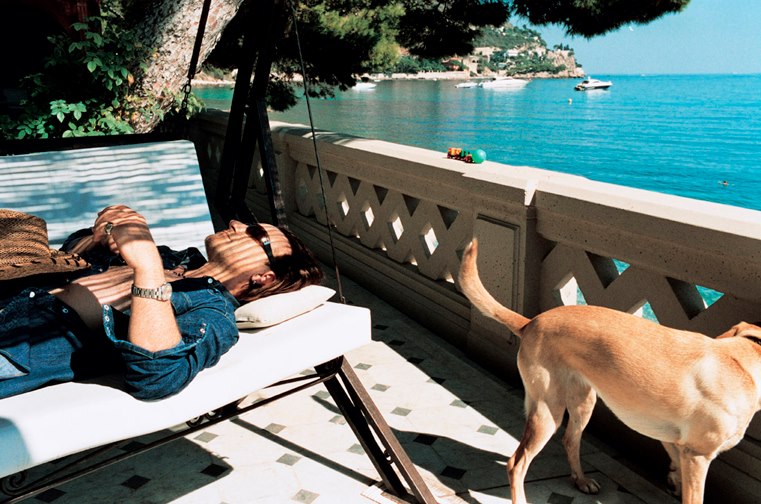
“Where U2 really thrives is in this place of pure experimentation and discovery, and where we can do something that we’ve never done before-and in this case, where we can do something that no one else has ever done before,” U2 guitarist The Edge tells WIRED. Instead, they can focus on what’s new, what’s cool, and what’s never been possible-until now. With a Vegas residency like the one U2 is planning, acts don’t have to worry about moving stages from arena to arena or stress over the middling audio capacities of places designed for sports. In an era when Beyoncé sells onstage riser seats and Rihanna creates a Super Bowl spectacle using a streamlined floating red stage, fans are clearly clamoring for more and more visual spectacle and access, as well as for a deeper look inside the artists’ creative minds. If U2’s Sphere show succeeds, it could help set a precedent for what’s possible. Setting up shop in the new space is a big undertaking for the band-and for the future of live music. Now, after a four-year hiatus from the road, the group is planning to push its stagecraft even further with a Las Vegas residency this fall. Since then, U2 has consistently pushed the envelope on what its live shows could be, throwing massive mirror-balled lemons and massive LED screens into its late-1990s PopMart tour and creating a massive free-standing “claw” of a stage for its 360-degree tour in the late ’00s.

The group reportedly took in more than $151 million in ticket sales, and the tour is still hailed as one of the most artistically successful of all time. It was a big swing for the group-and it worked. Over the course of 157 shows, the tour-which was in support of their album Achtung Baby-was almost an embarrassment of overwhelming sights and sounds, with cutting-edge visuals (for the time), a lighting system that was encased partially in Soviet-era Trabant cars, and a leather-clad Bono at times portraying a character named MacPhisto. When U2 launched its Zoo TV tour in 1991, it revolutionized live music.


 0 kommentar(er)
0 kommentar(er)
